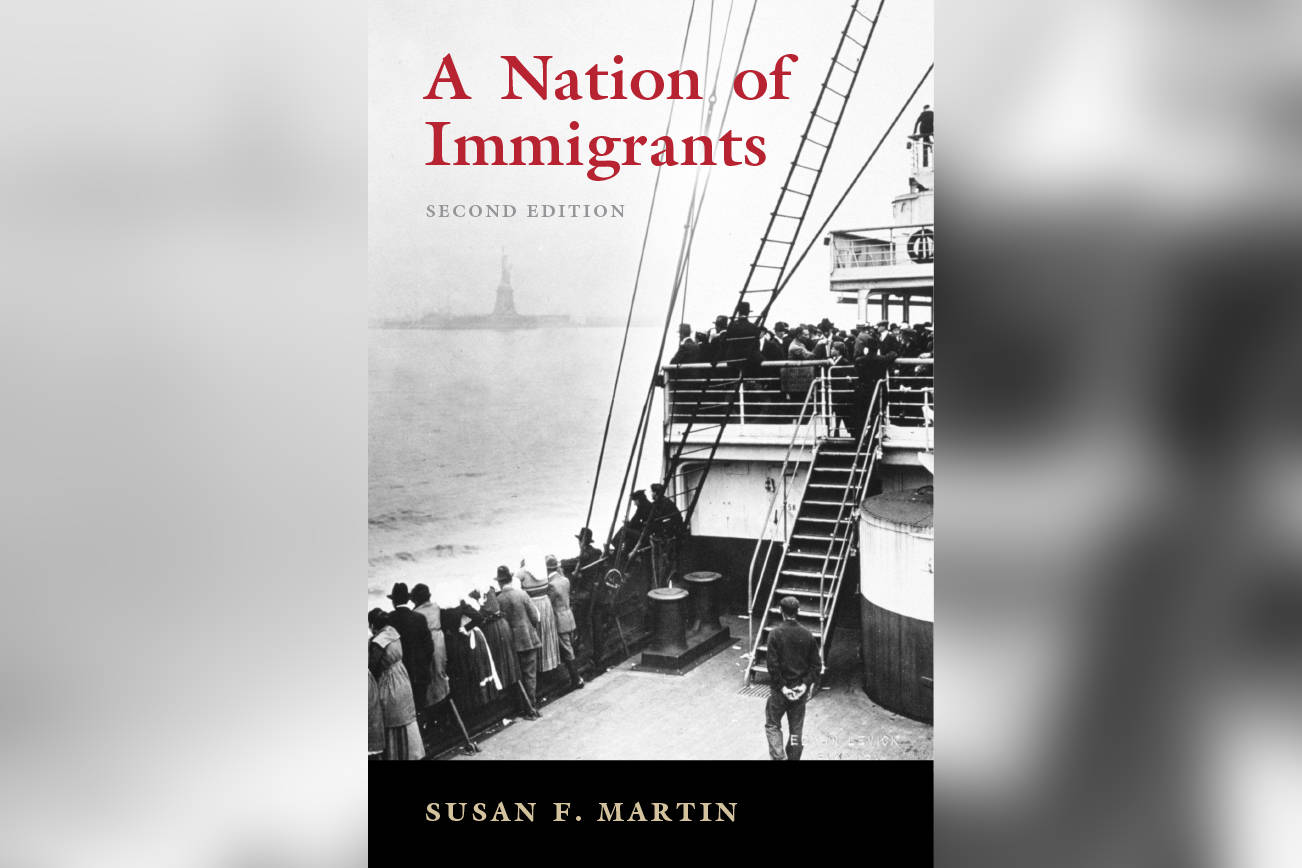Immigration has long been a hot topic, especially in the United States.
“Immigration makes America what it is and is formative for what it will become,” Susan Martin wrote in her book, “A Nation of Immigrants.”
On April 23, the League of Women Voters of the San Juan Islands held its annual meeting, wherein it featured Martin, who has a Ph.D. in the history of American civilization. She is also a member of the LWVSJ board of directors.
In March, Martin released the second edition of “A Nation of Immigrants,” originally published by Cambridge University Press in 2010. In this edition, Martin examines the evolution of the United States’ immigration policy from its origins in the colonial period through the Trump administration.
In her novel, Martin analyzes three immigration models observed in the United States. About these models, Lawrence Fuchs, wrote in “The American Kaleidoscope” which came out in 1999, “Pennsylvania sought immigrants who would be good citizens regardless of their religious background; Massachusetts wanted as members only those who were religiously pure; and Virginia, with its increasing reliance on a plantation economy, wanted works as cheaply as it could get them, without necessarily welcoming them to membership in the community.”
“A Nation of Immigrants” traces the evolution of the immigration models as they relate to the historical origins of modern policy debates; focuses on why each model was important; its effect on immigration and related policies; implications on immigrants; and how that has affected the nation.
The U.S. is in the midst of its fourth major wave of immigration, according to Martin. The country’s first wave of immigration came between the 16th-18th centuries; followed by a second wave from 1830-1860; and a third from 1880-1924.
“Today’s wave is the largest in absolute numbers, although not as a portion of the total population. Unlike in previous waves, today’s immigrants come from every inhabited continent and represent just about every country in the United Nations.” Martin noted there is “profound ambivalence” about immigration among U.S. citizens, who have historically viewed their own immigrant forefathers through “rose-colored glasses.”
Congress has debated immigration reform for years, but cannot come to a consensus, according to Martin, but this is not a new problem by any means.
“Although the problem is often described as a contest between pro- and anti-immigration forces, the reality is much more complex,” Martin wrote in her book. “Understanding the historical roots of American immigration, and American attitudes towards immigrants helps to place today’s policy debate into perspective and provides important insights into the reforms needed to address current problems and opportunities.”



